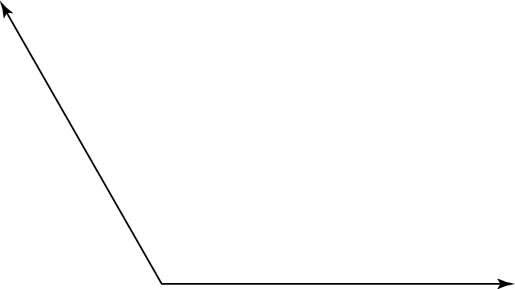

Splenic volume had been estimated by USG, however, some studies showed that it can be inaccurate because of the variable and irregular contour of spleen and overlapping of splenic outline by bone, bowel gas, or left kidney. estimated splenic volume using random marking technique on MR images. used surface rendering technique of 3-D-Doctor by analyses of CT images, and then calculated the volume and the surface area of the spleen. ĭifferent techniques, which are used for the estimation of spleen volume by ultrasonography (USG), magnetic resonance imaging (MRI), and computed tomography (CT) have been presented in literature. Erythropoiesis in the spleen normally ceases before birth, but may resume in some pathological conditions, such as haemolytic anaemia. Foetal splenomegaly could also result from haematological mechanisms. The foetal spleen has immunological and haematological functions, so mechanisms in these both categories should be considered. The aetiology of newborn splenic size enlargement is unclear. Splenomegaly is an important clinical sign for diagnosing many diseases such as malaria, collagen tissue diseases, portal hypertension, glycogen storage disorder, neoplastic blood diseases and other disorders. This leads to the development of splenomegaly. Due to blood formation in areas outside of the bone marrow, the spleen is exposed to myeloid metaplasia. In certain pathological situations, such as leukaemia, the spleen assists in the reformation of blood. The size and weight of the spleen may vary according to an underlying pathology or age.

It is possible to reach an overall idea about the size of the spleen through palpation and percussion, however, these methods may sometimes become inadequate, because spleen is not usually palpable till it enlarges 2 to 3 times its own size. Ĭhanges in human spleen size and morphology take an important place in clinical diagnosis and treatment. The spleen is an important lymphoid organ with both immunological and haematopoietic functions and also the largest of the secondary lymphoid organs. Key words: spleen volume, surface area, stereology, Cavalieri’s principle We consider that our study may serve as a reference for similar studies to be conducted in future. The splee n surface area was calculated as a 32.3 ± 20.6 cm 2 by physical sections using cadaver a nd also it was determined on axial, sagittal and coronal MR planes as 24.9 ± 15.2 cm 2, 18.5 ± 5.92 cm 2 and 24.3 ± 12.7 cm 2, respectively.Ĭonclusions: As a result, MR images allow an easy, reliable and reproducible volume and surface area estimation of normal and abnormal spleen using Cavalieri’s principle. No signific ant differences were found among all methods (p > 0.05). Volumes determined by the Cavalieri’s principle using physical section and point-counting techniques were 4.45 ± 3.47 cm 3 and 4.65 ± 3.75 cm 3, respectively volumes measured by USG and cadaver using ellipsoid formula were 4.70 ± 3.02 cm 3 and 5.98 ± 4.58 cm 3, respectively. Results: The mean ± standard deviation of spleen volumes by fluid displacement was 4.82 ± 3.85 cm 3. The vertical section technique was applied using cycloid test probes for estimation of spleen surface area in MRI. Three different methods were used to assess the spleen volume. Materials and methods: Five newborn cadavers, aged 39.7 ± 1.5 weeks, weighted 2.220 ± 1.056 g, were included in the present study. Sağıroğlu, Kayseri Eğitim ve Araştırma Hastanesi, TR 38010 Kayseri, Turkey, tel: +884, e-mail: 13 August 2013 Accepted 2 October 2013]īackground: The purpose of this study was to compare different techniques for the estimation of spleen volume and surface area using magnetic resonance imaging (MRI) images, ultrasonography (USG) images and cadaveric specimen, and to evaluate errors associated with volume estimation techniques based on fluid displacement. Zararsız 4ġDepartment of Anatomy, Kayseri Education and Research Hospital, Kayseri, TurkeyĢDepartment of Anatomy, Erciyes University Faculty of Medicine, Kayseri, TurkeyģDepartment of Radiology, Erciyes University Faculty of Medicine, Kayseri, TurkeyĤDepartment of Biostatistics and Medical Informatics, Erciyes University Faculty of Medicine, Kayseri, TurkeyĪddress for correspondence: Dr A.

Estimation of spleen volume and surface area of the newborns’ cadaveric spleen using stereological methodsĪ.


 0 kommentar(er)
0 kommentar(er)
